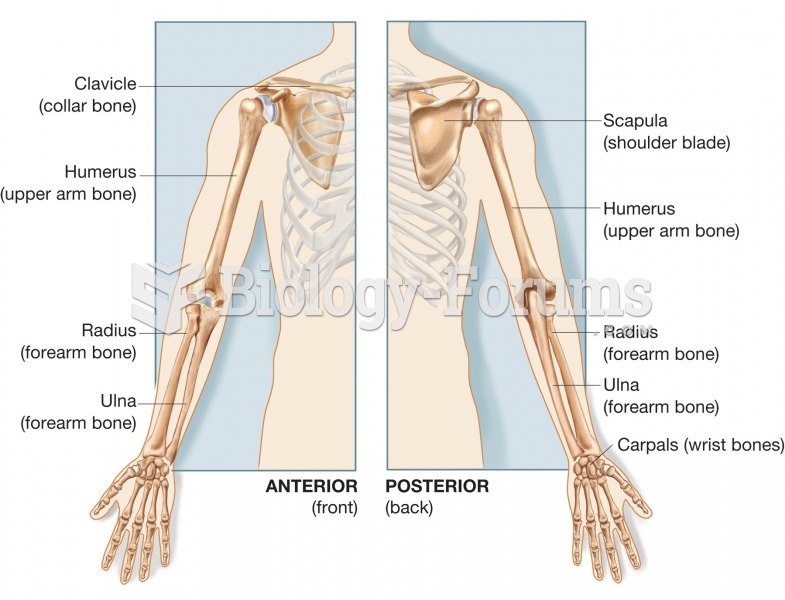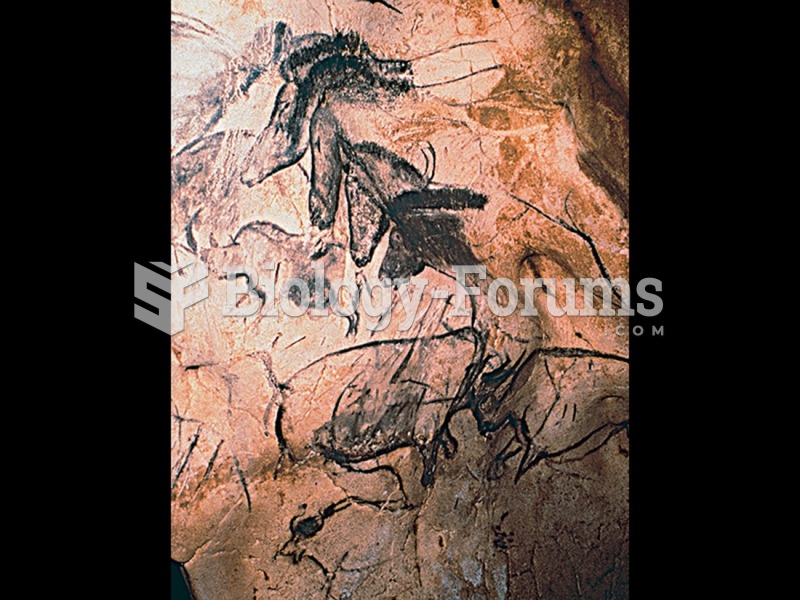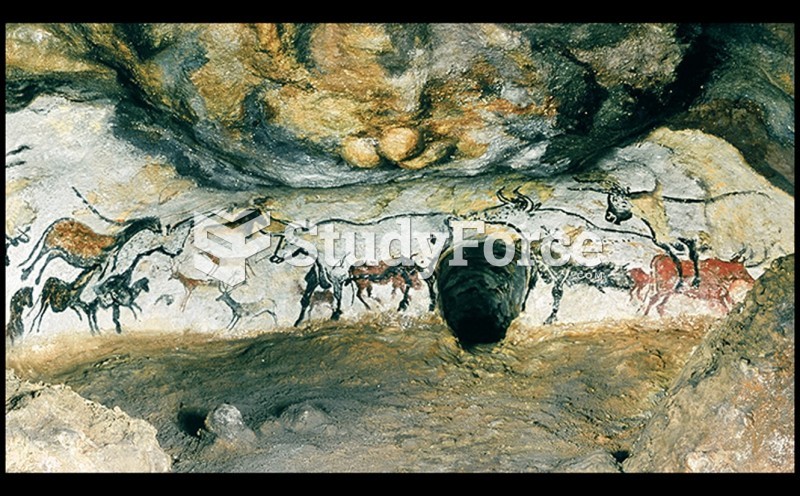Leroi-Gourhan's interpretation that the symbols used in Upper Paleolithic cave art, including abstract shapes and animal figures, were ultimately male and female symbols
a. was widely accepted by the archaeological community at the time, and is still considered the most likely interpretation of cave art today.
b. was based on ethnographic and ethnoarchaeological analogy, made stronger by the historical ties shared by modern Europeans and the prehistoric populations who created the cave art.
c. provides a good example of how archaeologists can escape the paradigm within which they are working to generate an objective and unbiased interpretation of archaeological data.
d. was most likely influenced by Freudian psychology, which was popular at the time.
e. was following the same techniques of analysis used for Hopewell platform pipes.
Question 2
Which of the following is true of the interpretation of Upper Paleolithic cave art?
a. Most archaeologists agree that cave art represents sympathetic magic, or rituals in which doing something to an image produces the desired effect in the real object (e.g., drawing pregnant bison ensures fertility, or killing a stylized animal on the cave wall guarantees hunting success).
b. Most archaeologists agree that cave art should be interpreted within the structuralist paradigm, where all symbols define binary oppositions such as male and female.
c. Because we lack any associated ethnographic data for the Upper Paleolithic, it is very difficult to securely interpret the meaning of symbols used in this art.
d. Upper Paleolithic cave art represents the earliest beginnings of the human ability to appreciate art for its own aesthetic properties; it is thus art-for-art's-sake, and animals drawn had no particular symbolic meaning.
e. The small herbivores are associated with females and the large herbivores with males.








